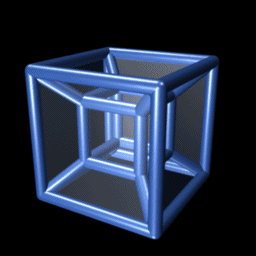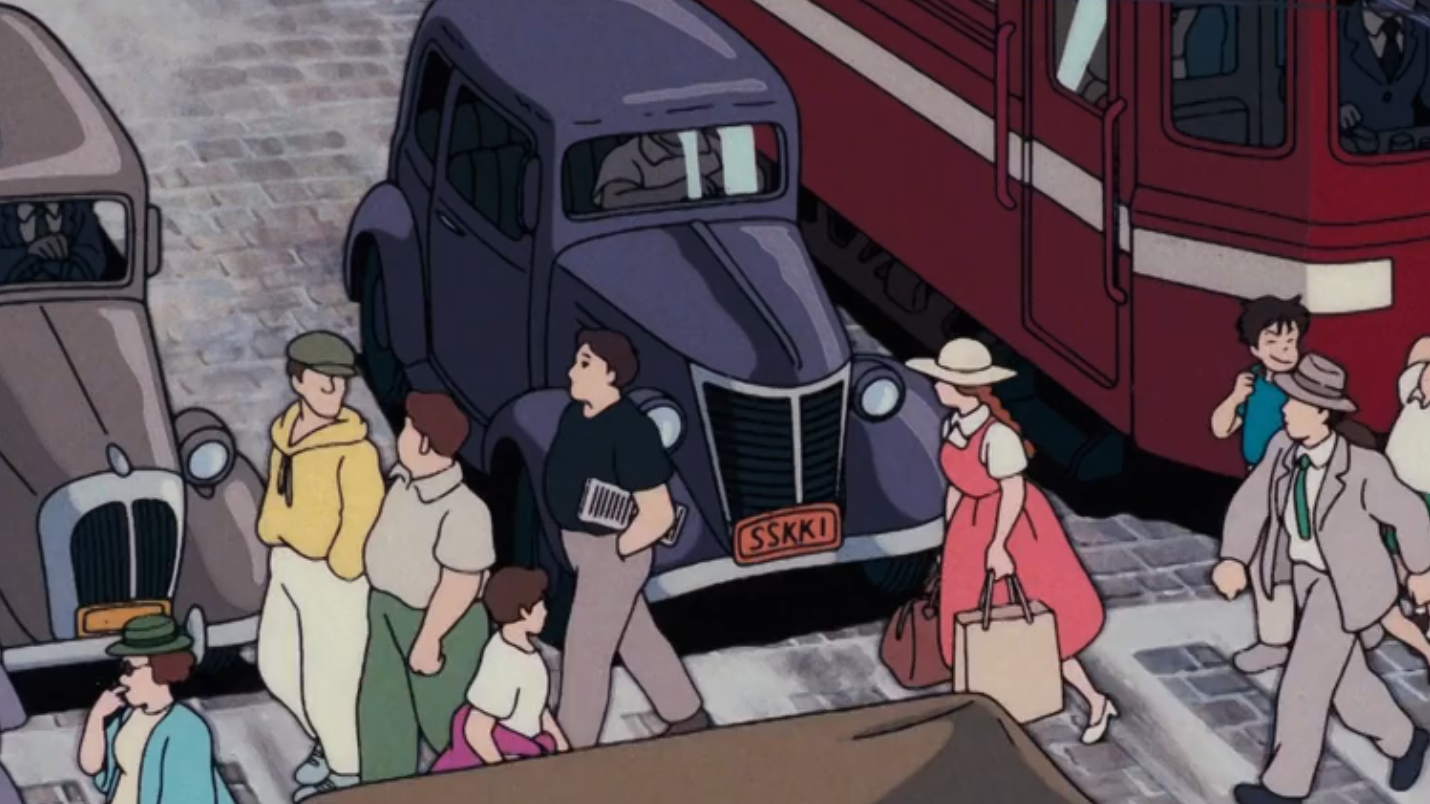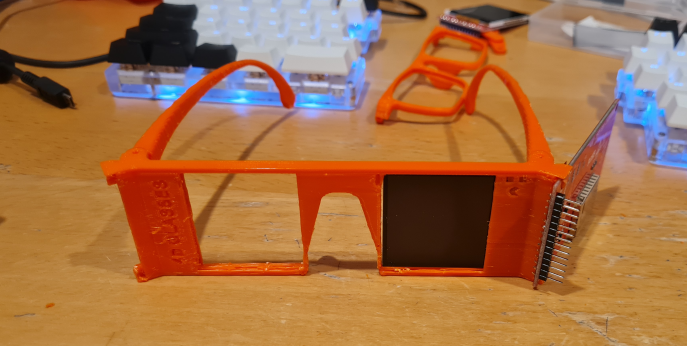I invented (as far as I’m aware) a way to make glasses that let you see a 4 dimensional object in a 2 dimensional image. This project is about an unsuccessful prototype I made.
Anaglyph 3D
Bullies were different in the 1950’s
The classic red and cyan 3D glasses we’ve been wearing since 1853 (you read that correctly) uses a technology called anaglyphs.
Humans use binocular (2 eyes) vision where each eye receives a slightly offset image which is perceived by the brain as a single 3D image with depth.
The illusion of depth can be created through stereoscopy; each eye is shown a separate offset image as they would when looking at a distant object (this is how virtual reality headsets work).
Anaglyphs are a stereoscopy method where two offset images are coded in 2 different (preferably chromatically opposite) colors and combined into a single anaglyph image. These can then be separated again for each eye by using 2 corresponding color filters in a pair of glasses.
In other words, anaglyph glasses add a 3rd dimension, depth, to a 2D image with height and width.
The 4th Dimension
My idea is to add an unnamed 4th dimension to an image by having anaglyph glasses that change colors. Humans can only perceive the world in 3D slices so 4th dimensional objects like a tesseract (pictured below) are represented by animated 3D images (although technically it’s a 2D image here); the passage of time lets us follow the 4th axis of a stationary object. Another way to follow along the 4th axis would be to change the colors of anaglyph glasses to view different 3D slices.

Upon further though, if this project was successful, it would allow 5th dimensional objects to be represented by an animated 4D image. Color changing follows the 4th axis of an object while the passage of time follows the 5th. Although I would need the help of a mathematics animator to create a 4D video of something I can barely conceptualise. I’d love to see a 5-Cube.
Color LCD Glasses
The technology behind most electronic displays is Liquid-Crystal Display. These displays contain a liquid-crystal layer, optional color filter layer, polarising filter layer and finally a backlight. If you remove the backlight layer, the screen becomes a translucent panel that can change color which is exactly what I needed.


Eager to get started, after disassembling a color LCD, I went straight to designing some frames for them. I initially tried to modify these aviators designed by flol3622 (pictured left) but when I tried them on, they were incredibly uncomfortable. It appears that the designer focused only on printability and style without considering comfort; the glasses are very square and do not conform to the human head at all. I decided to modify a design I made years ago (pictured right).

When I initially tried to look through the panels, I thought they were blurry because the liquid crystals weren’t aligned. After I built the frame (pictured at the top of this post) and finally programmed the lenses to change colors, I realised that the panels stay blurry. It’s impossible to make out images through them when pressed up against your eyes.

I decided to put the idea on hold for now but I think maybe I’ll try and revisit the idea using a spinning color wheel of filters instead of LCDs.
As this project was unsuccessful, I will not be publishing the models.


Leave a Reply